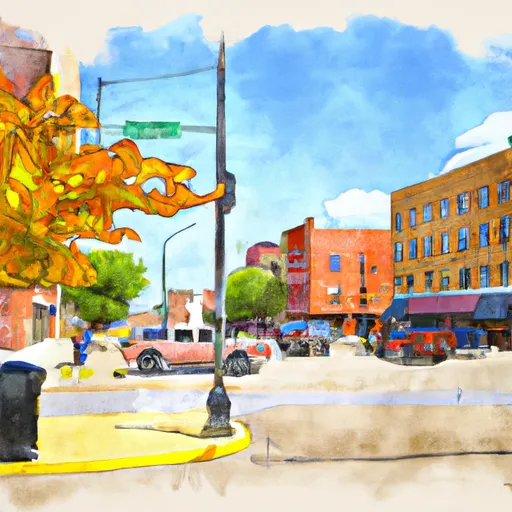°F
°F
mph
Windspeed
%
Humidity











Marquette, Iowa is a small town located in Clayton County. It experiences a humid continental climate characterized by hot summers and cold winters. Average temperatures range from the mid-80s Fahrenheit in summer to the mid-20s in winter. Precipitation is fairly evenly distributed throughout the year, with an annual average of around 35 inches.
The town is situated along the Mississippi River, offering a variety of hydrology constituents. The river provides opportunities for boating, fishing, and water sports. Marquette is also home to several small lakes and streams, where visitors can enjoy activities like kayaking and canoeing.
Outdoor recreation is abundant in this area. The nearby Effigy Mounds National Monument offers hiking trails with stunning views of the river valley and ancient Native American burial mounds. Pike's Peak State Park, located just a few miles away, features scenic overlooks, hiking trails, and camping facilities. Additionally, the Mississippi River Valley is a popular destination for birdwatching, hunting, and wildlife observation.
In summary, Marquette, Iowa offers a diverse range of outdoor recreational opportunities, thanks to its location along the Mississippi River and proximity to national parks and state forests.
Weather Forecast
Marquette receives approximately 869mm of rain per year, with humidity levels near 80% and air temperatures averaging around 9°C. Marquette has a plant hardyness factor of 5, meaning plants and agriculture in this region thrive during a short period during spring and early summer. Most plants will die off during the colder winter months.
Regional Streamflow Levels
3,220
Cubic Feet Per Second
48,600
Cubic Feet Per Second
45,000
Cubic Feet Per Second
386
Cubic Feet Per Second
Nearby Camping
| Camping Area | Reservations | Toilets | Showers |
|---|---|---|---|
| Merrisach Lake Park - Merrisach Lake | |||
| Riverfront RV Park | |||
| Great River Road State Park | |||
| Notrebes Bend | |||
| Warfield Point Park | |||
| Pendleton Bend |



